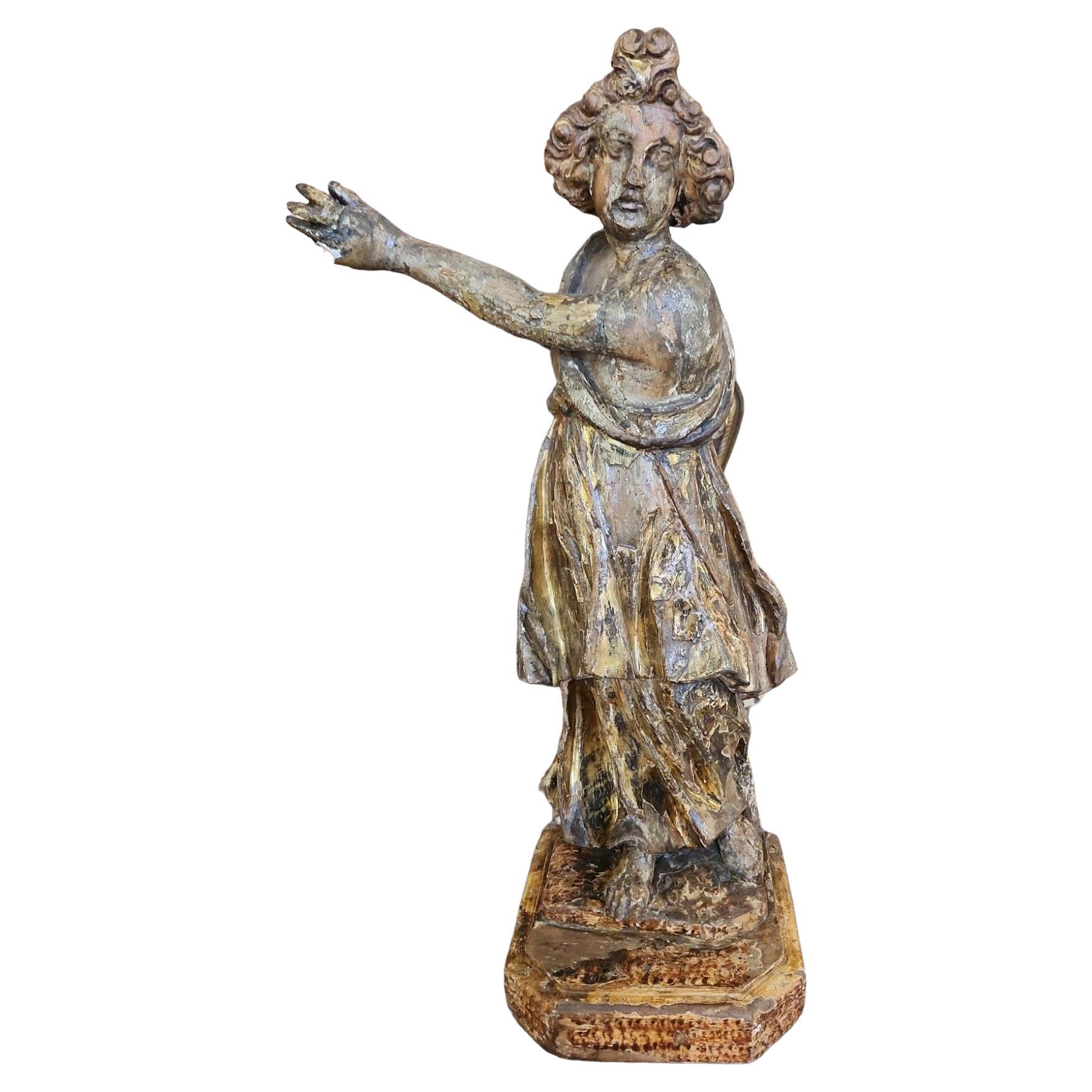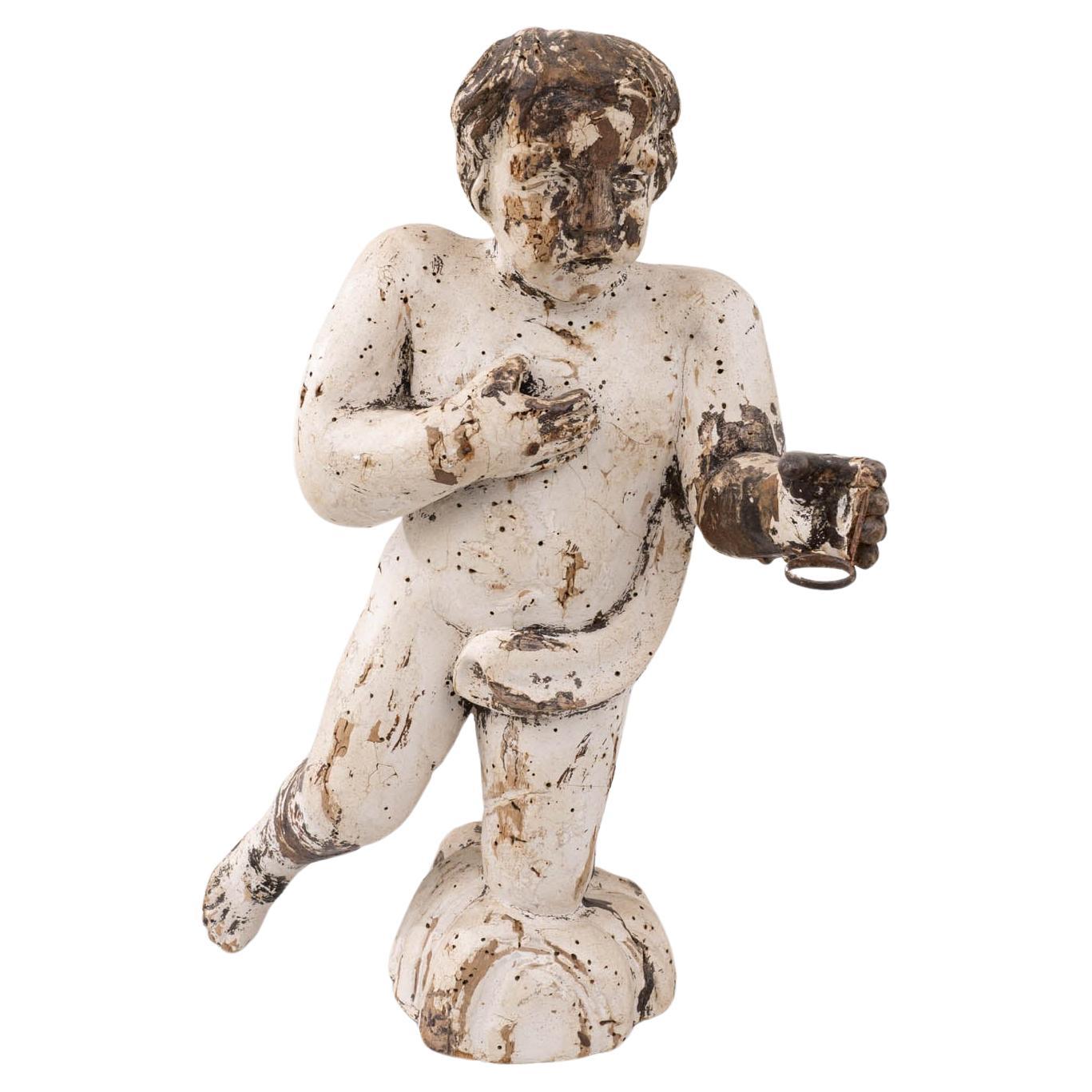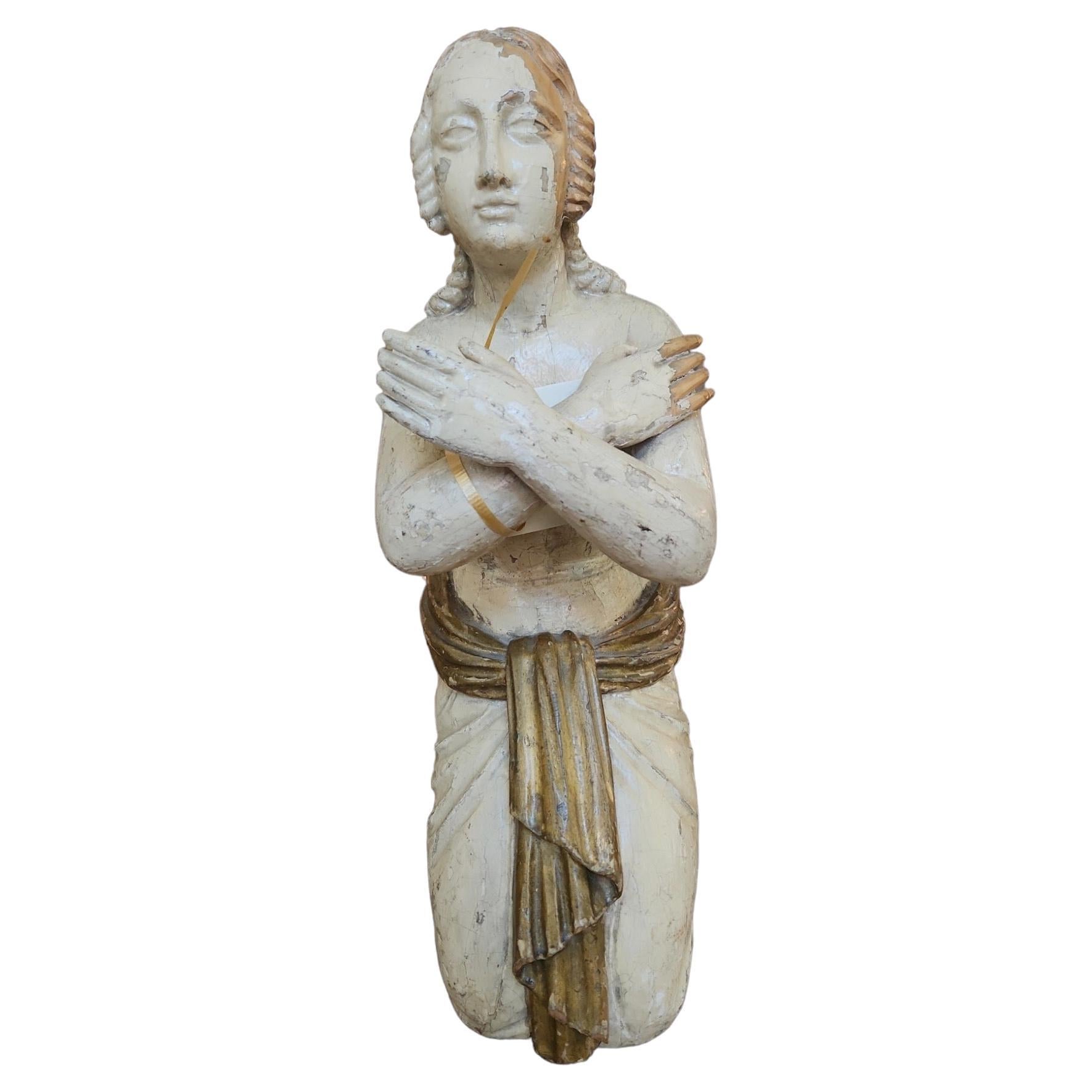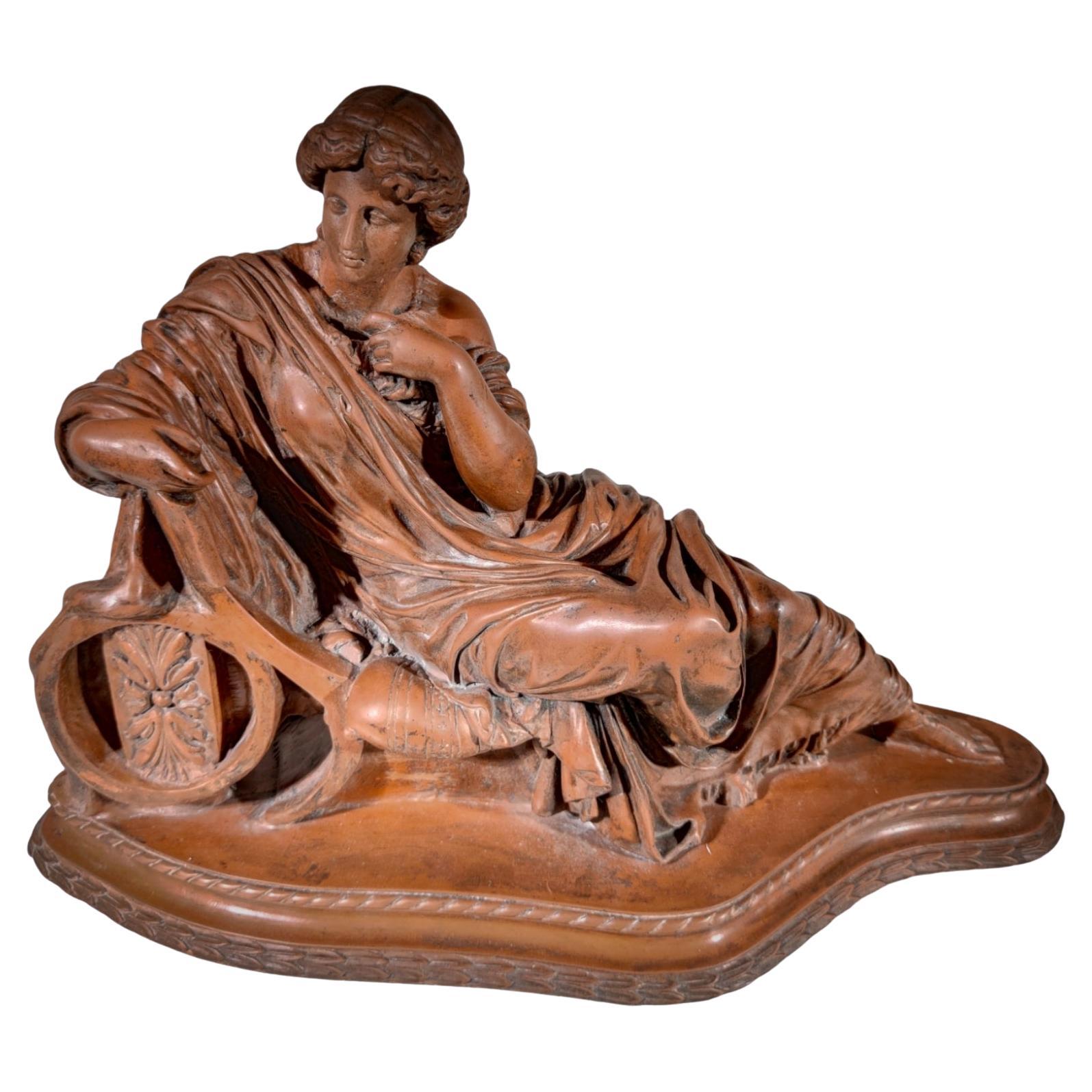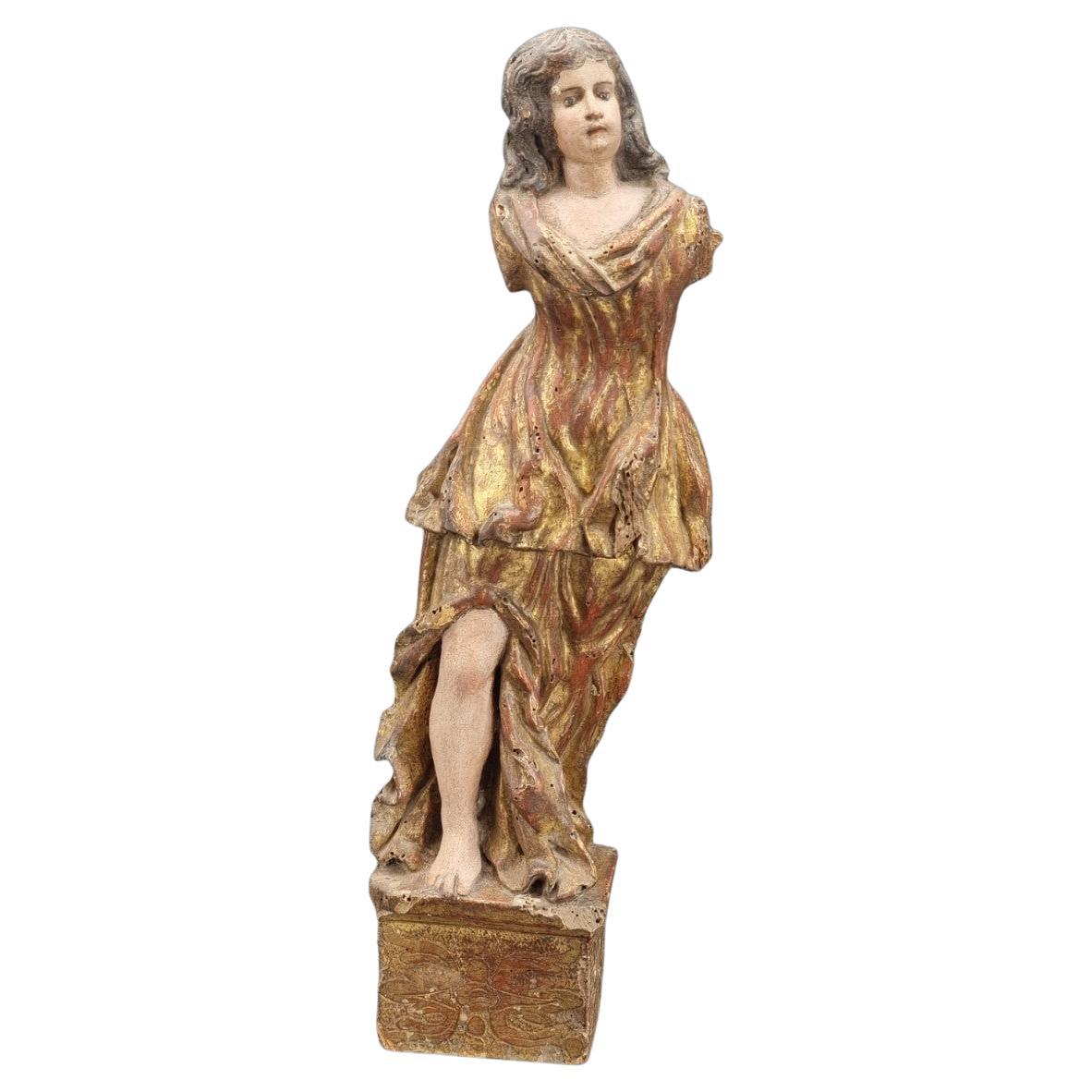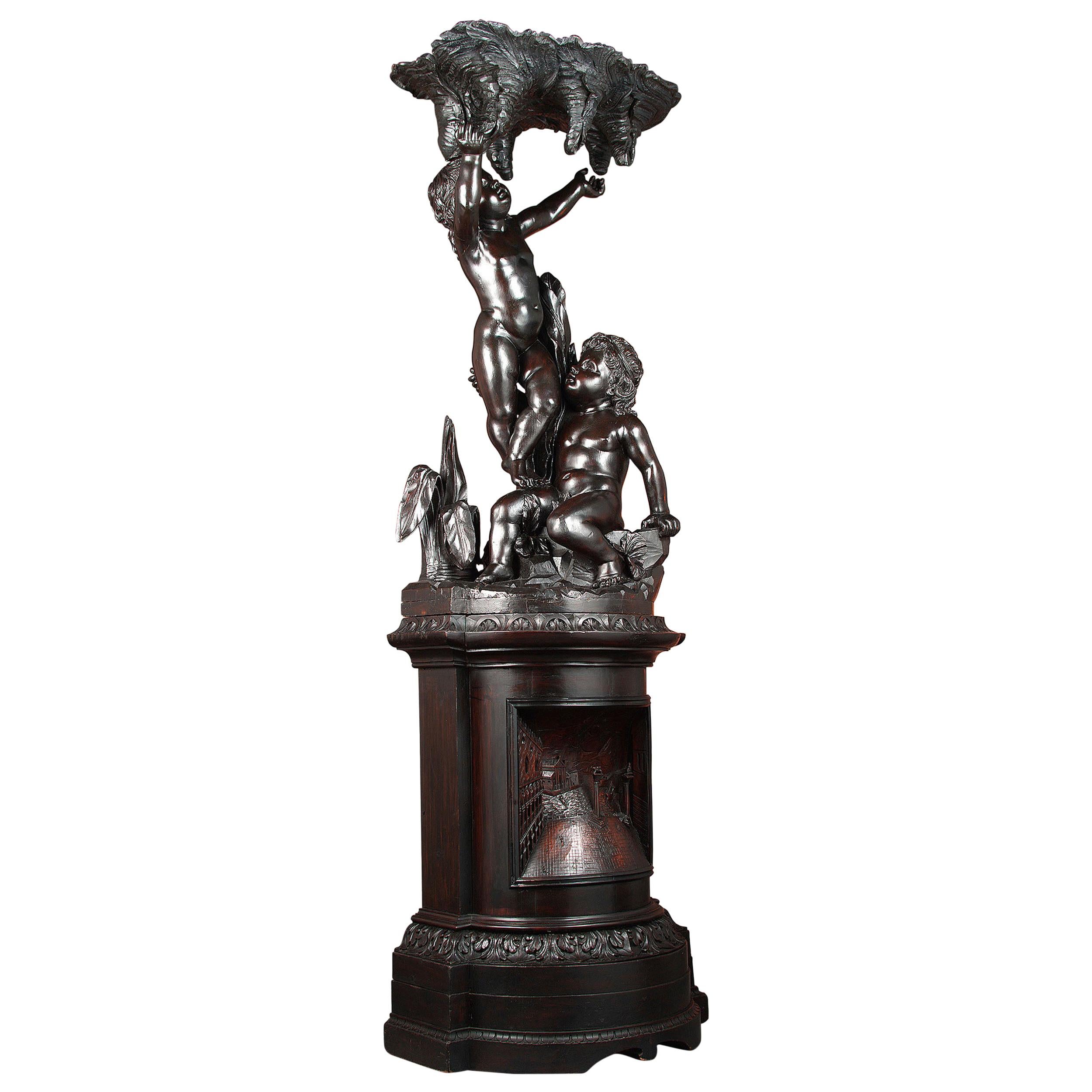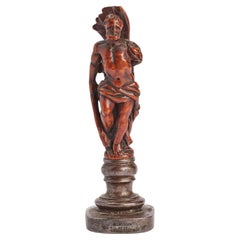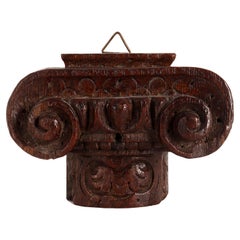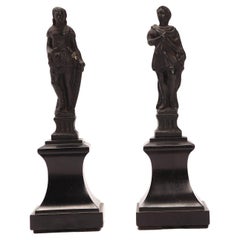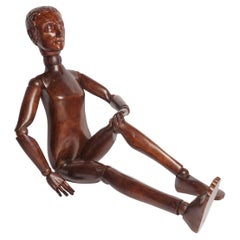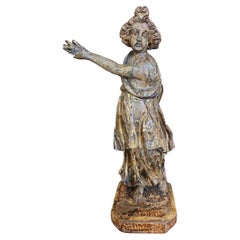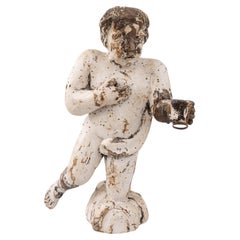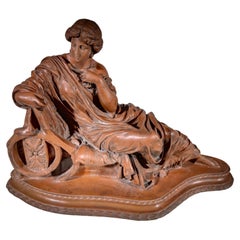Items Similar to A neoclassical Grand Tour lava seal, Italy 1840.
Video Loading
Want more images or videos?
Request additional images or videos from the seller
1 of 8
A neoclassical Grand Tour lava seal, Italy 1840.
$1,789.37
£1,322.90
€1,500
CA$2,461.25
A$2,735.83
CHF 1,434.06
MX$33,411.10
NOK 17,903.45
SEK 16,843.81
DKK 11,419.48
About the Item
A neoclassical Grand Tour seal, carved and engraved in red lava, depicting the head of an Italian figure with a cap, wreaths of laurel and acanthus leaves, with two ram heads on either side. The whole on a stylised column. Italy, first half of the 19th century.
- Dimensions:Height: 3.3 in (8.39 cm)Width: 0.7 in (1.78 cm)Depth: 0.7 in (1.78 cm)
- Materials and Techniques:
- Place of Origin:
- Period:
- Date of Manufacture:1840
- Condition:Wear consistent with age and use.
- Seller Location:Milan, IT
- Reference Number:1stDibs: LU917144767392
About the Seller
5.0
Vetted Professional Seller
Every seller passes strict standards for authenticity and reliability
Established in 1991
1stDibs seller since 2011
250 sales on 1stDibs
Typical response time: 2 hours
- ShippingRetrieving quote...Shipping from: Milan, Italy
- Return Policy
Authenticity Guarantee
In the unlikely event there’s an issue with an item’s authenticity, contact us within 1 year for a full refund. DetailsMoney-Back Guarantee
If your item is not as described, is damaged in transit, or does not arrive, contact us within 7 days for a full refund. Details24-Hour Cancellation
You have a 24-hour grace period in which to reconsider your purchase, with no questions asked.Vetted Professional Sellers
Our world-class sellers must adhere to strict standards for service and quality, maintaining the integrity of our listings.Price-Match Guarantee
If you find that a seller listed the same item for a lower price elsewhere, we’ll match it.Trusted Global Delivery
Our best-in-class carrier network provides specialized shipping options worldwide, including custom delivery.More From This Seller
View AllBoxwood carved seal depicting Hercules, Italy 18th century.
Located in Milan, IT
A Grand Tour carved boxwood seal depicting Hercules with a square iron matrix. Italy mid 18th century.
Category
Antique Mid-18th Century Italian Figurative Sculptures
Materials
Iron
Small Carved Wood, Depicting an Ionic Capital, Italy, circa 1850
Located in Milan, IT
Small shelf in carved hazel wood, depicting an Ionic capital. Italy, circa 1850.
Category
Antique Mid-19th Century Italian Figurative Sculptures
Materials
Wood
Grand Tour object: a pair of metal sculptures on wooden bases, Italy 1870.
Located in Milan, IT
Italian Grand Tour Object: A pair of small sculptures in white metal and bronze finish, depicting a Roman legislator and a warrior, mounted on an ebony wood base. Venice, Italy circa...
Category
Antique Late 19th Century Italian Figurative Sculptures
Materials
Metal, Bronze
An articulated life-size artist model, Italy end of 19th century.
Located in Milan, IT
Articulated painter's mannequin, depicting a teenage boy, life-size. The mannequin is made of walnut wood, the articulated spheres are made of maple wood. The limbs are fully articul...
Category
Antique Late 19th Century Italian Figurative Sculptures
Materials
Wood, Maple, Walnut
A Grand Tour souvenir, Rome stage. Trajan's column, Italy early 19th century.
Located in Milan, IT
A souvenir of the Grand Tour, Rome stage. Trajan's column.
The famous monument is representative of Rome, Caput Mundi, and the greatest empire of its time in its maximum splendor. He...
Category
Antique Early 19th Century Italian Figurative Sculptures
Materials
Marble, Bronze
A small plaster column, France circa 1860.
Located in Milan, IT
A model of a small column made of scagliola plaster, toric base and vertical grooves. Cast for the teaching drawing in the academy. Original patina. France second half of the 19th ce...
Category
Antique Mid-19th Century French Figurative Sculptures
Materials
Scagliola
You May Also Like
18th Century Italian Carved Figure
Located in Los Angeles, CA
In excellent condition considering his age. She is very beautiful. From a significant home in Santa Barbara. Base is 9.5" x 10".
Category
Antique 18th Century Italian Neoclassical Figurative Sculptures
Materials
Wood, Giltwood
18th Century Italian Wooden Sculpture
Located in High Point, NC
This 18th Century Italian Wooden Sculpture captivates with its rustic allure and storied past. Carved with a delicate yet masterful hand, it portrays the figure of a cherub, a timele...
Category
Antique 18th Century Italian Figurative Sculptures
Materials
Wood
18th Century Italian Carved Figure
Located in Los Angeles, CA
From a beautiful home in Santa Barbara. Not sure if paint is original, but it is definitely old. Finely carved with a lot of character.
Category
Antique 18th Century Italian Neoclassical Figurative Sculptures
Materials
Wood, Paint
Large Decorative 19th Century Sculpture
Located in Madrid, ES
Large decorative 19th century sculpture
Large decorative 19th century sculpture. In very good condition with no repairs. Measurements: 50x37x25 cm
Category
Antique Late 19th Century Figurative Sculptures
Materials
Terracotta
$811 Sale Price
20% Off
Polychrome and gilded wooden sculpture, northern Italy, early 18th century
Located in Vicenza, IT
Evocative wooden sculpture depicting a female figure, probably a Magdalene, made in the northern Italian area in the early 18th century. The work, carved in wood, gilded, and polychr...
Category
Antique 18th Century European Baroque Figurative Sculptures
Materials
Wood
Venetian Wood Sculpture
Located in New Orleans, LA
An exceptional and monumental Venetian wood sculpture surmounted by two putti holding a footed tray. The base is decorated with a bas-relief of the view ...
Category
Antique 19th Century Italian Other Figurative Sculptures
Materials
Wood
$14,500
More Ways To Browse
Two Headed Ram
Carved Lava
Grand Tour Seal
Grand Tour Lava
Oaxaca Artists
Pair Porcelain Statues
Roman Chariots With Horses
Verdigris Bronze Statue
16th Century Wooden Sculpture
Antique Bisque Paint
Art Deco Bathers
Art Nouveau Mermaid
Blanc De Chine Sculpture
Bronze Statue Of Cherubs 19th Century
Car Hood Ornaments
Cleopatra Sculpture
Disco Sculpture
Female Sphinx
